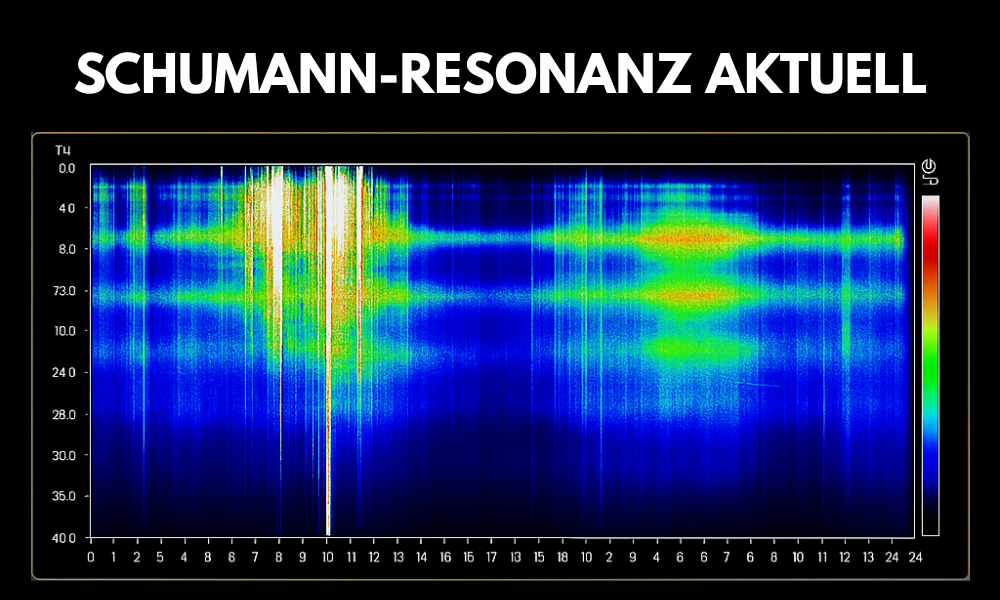Migraines - more than just a headache
Migraines - more than just a headache

Migraine is a complex neurological disorder characterized by severe and intense headaches, nausea, and sensitivity to light. Millions of people worldwide suffer from migraines, and for many, finding effective treatments is a lengthy process.
In this blog post, we will explore some methods for relieving migraine symptoms, but most importantly, we will focus on the lives of those affected and address the symptoms of the disease as well as the social perception of migraine.
Unfortunately, in the context of migraines, we can still only speak of possible relief, as a "cure" still exceeds the capabilities of alternative and conventional medicine. However, regardless of whether it is based on studies or personal experience, there seem to be some migraine sufferers who can alleviate many of their symptoms through various approaches.
The social perception of migraine
This blog post aims not only to explore possible relief options but also to raise awareness of migraine as a condition. Many sufferers suffer not only from the consequences of migraines, but also from society's perception of the condition. People who don't suffer from the consequences of migraines find it difficult to grasp the extent to which the condition impacts their lives.
The first thought of people who aren't dealing with the consequences of a migraine is that it's just a normal headache. Therefore, they often offer seemingly helpful suggestions like, "You must have just been drinking too little water," "Maybe you were just out in the sun too much," or even, "Oh, it's just a headache."
These references and especially the latter Such statements are not only completely unhelpful for those affected, but also hurtful. Migraine sufferers not only have to deal with the consequences of the condition, but often have to justify their suffering and try to emphasize the severity of the condition. Therefore, at this point, we would like to briefly illustrate how much impact migraines have on the lives of those affected and how many people are affected by this condition.
According to the National Headache Foundation, migraine is the third most common headache disorder worldwide. This brings the total number of people suffering from migraine or chronic headaches to several hundred million. In addition, over 4 million adults suffer from particularly severe forms, resulting in approximately 15 migraine attacks per month, or one attack every two days.
The severity of this for sufferers becomes clear when you look at the symptoms of a migraine. While the extent to which a migraine manifests itself varies considerably from case to case, for the majority of sufferers, various symptoms can be divided into distinct phases.
Migraine, its phases and warning signs
First, the precursor phase, also called the prodromal phase, begins. This heralds the impending migraine attack. During this phase, sufferers report irritability, mood swings, fatigue, difficulty concentrating, indifference, and the characteristic sensitivity to light and noise.
In the subsequent phase, perceptual disturbances (migraine aura) may occur. These manifest themselves, for example, in the form of blurred vision, distorted size perception (metamorphopsia), or visual field defects (scotomas). Sensory disturbances are the second most common symptom of this phase.
They are often accompanied by a tingling sensation that slowly spreads from the hand down the arm to the head. Additionally, speech behavior, in the form of aphasia, and orientation can also be affected. Paralysis (paresis) is not uncommon.
After these two phases, which are already very stressful for the body, the headache phase sets in. During this phase, severe sensitivity to noise and light recurs. The eponymous headache, as well as nausea and vomiting, also occur.
The headache usually occurs on one side of the head, but can also affect the entire head. You can imagine it as a throbbing or stabbing pain in the forehead, temples, or eyes. The symptoms worsen with movement and can often only be relieved by darkness and rest. The most painful phase of the headache lasts at least four hours in adults if left untreated and can last up to three days in particularly severe cases.
Then comes the recovery phase. During this phase, the headache and other migraine symptoms have completely subsided, but the body is still exhausted, and most sufferers feel tired and drained for days.
The symptoms of migraines are diverse and often so severe that sufferers are completely incapacitated. This is why migraines are considered one of the most debilitating diseases worldwide, especially considering the high number of sufferers.

Treatment options
There are effective medications that can be used to treat migraine attacks, but even these only alleviate symptoms and are not able to completely cure migraines. These medications include, in particular, painkillers and so-called triptans, which were developed specifically for migraine sufferers.
General lifestyle changes can also be effective in preventing migraine attacks in general and reducing their frequency. Regular physical activity, a balanced diet, adequate hydration, and sufficient sleep can help reduce the frequency and severity of migraine attacks.
Stress can also trigger migraine attacks, so stressors should be avoided as much as possible, and in the case of unavoidable stressful situations, relaxation exercises and stress management techniques should be used. Therefore, for quite a few migraine sufferers, meditation is a suitable measure that can make living with the condition easier.
Final thoughts
As this blog post demonstrates, migraines are much more than just a simple headache. The effects are hardly comparable to those of a headache, and despite the prevalence of the condition, many people are not sufficiently informed about the disease.
Sources:
- Pharmacy Review
- National Headache Foundation
- German Migraine and Headache Society
- Garcia-Argibay, M., Santed, MA, & Reales, JM (2017). Binaural auditory beats affect long-term memory. Psychological Research, 83(6), 1124-1136. DOI: 10.1007/s00426-017-0959-2




